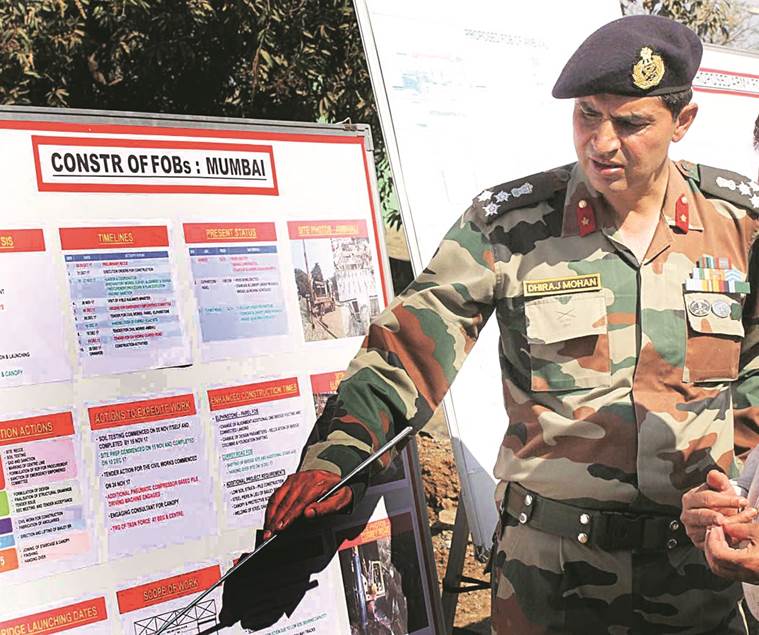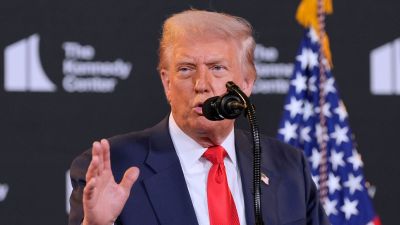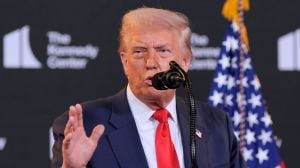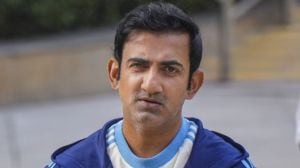Stay updated with the latest - Click here to follow us on Instagram
‘Our bridges are a tribute to the 23 who died in the stampede’
The Bombay Engineering Group and Centre, Pune, launched the girder for a second foot overbridge at Elphinstone Road station, the site of last year’s stampede that claimed 23 lives, on Saturday. As they prepare to inaugurate the bridge by February 15, Brigadier Dhiraj Mohan tells The Indian Express about the challenges they faced and why the Army has ‘fallen in love’ with these bridges.
 The Army completed work on the foot overbridge connecting Parel-Elphinstone Road stations on Sunday. (Express Photo by Nirmal Harindran)
The Army completed work on the foot overbridge connecting Parel-Elphinstone Road stations on Sunday. (Express Photo by Nirmal Harindran)
The Army was slated to complete construction of three bridges by January 31. The deadline is now February 15. Why was it delayed?
The delay occurred for two major reasons — delay in identifying the exact site for the bridges and change in designs. After the recce report of the bridges, I was sure of constructing four smaller bridges at these three locations as I was not aware of how much weight the crane could hold. I am comfortable with smaller bridges, but then simultaneous changes took place after designs changed. At Parel also, we had to change the design of the bridge (the previous alignment was interfering with the Parel Terminus plan of the railways).
Earlier, we were told we had to construct the Elphinstone Road bridge only, and no such timeline was informed to us. We carried out a recce of the site on October 27 and 29. It was on October 31, after the announcement by the ministers, that two additional bridges (Ambivali and Currey Road) were also added to the list and a deadline of January 31 was set. Every activity has been squeezed to fit within the timeline. For example, a process like soil testing that takes three weeks was done within a week. Parallel activities on different bridges were undertaken simultaneously.
After the stampede, at what stage was the Army roped in for the construction of the bridge?
There was an initial site recce on October 9 and 10. It was done to understand whether Bailey bridges are feasible at these sites. We were then asked to conduct a recce of other stations including Dadar, Bandra, Currey Road and Ambivali to identify spots for constructing bridges. The six sites were recced in a day. After several meetings, we discussed details and then a concrete plan was developed.
How were the stations selected? Why not build more bridges at more crowded stations such as Kurla or Bandra?
The Army played no major role in deciding where bridges are to be built. It was a joint decision taken by the higher authorities including railways on what bridges are to be constructed. We just constructed the bridges.
 Brigadier Dhiraj Mohan
Brigadier Dhiraj Mohan
The Army roped in seven major and many small contractors to utilise their expertise in laying foundations and using cranes. What was the experience?
We explored each of our sources in Mumbai to fetch the best contractor for the job. My boys had to completely study their past work, the capacity of the equipment they provide, their charges. We used a systematic and methodological approach while roping in contractors because tomorrow nobody should tell us we wasted government’s money. I told the contractors that as long as they are taking their profits it’s okay, but don’t fleece us. We are here for a cause. The bridges pay tribute to the lives of 23 people who died and thus it is also a question of our integrity. But all the contractors have really cooperated. Their wives, children have begun saying they are acting like Armymen themselves, working tirelessly with us from morning to night.
What is the difference between these bridges and your earlier works?
In our past experiences in the north of the country, the railway traffic movement was not so heavy. Challenges while working on the site were many. Like moving sandbags, cranes at a station filled with track lines was a herculean task. We worked for as many as 12, sometimes 16 hours, in the following days for completing the bridges. I offered my team and contractors tea and langar food to keep them motivated. The targets had to be met. The difference in the bridges is that these are modular, readymade (Bailey) bridges that can be launched in two hours. These are generally launched at ground level.
Who has designed these bridges for Mumbai?
The designs are by two lieutenant colonels of the Military Engineering Services. I roped them in for this work as they had sound knowledge about Bailey bridges. They have done their MTech from IITs. They have been designing buildings and other things.
What is the total cost of making the bridges. In what way would Railways compensate you?
The total cost of the three bridges is Rs 18 crore. While Rs 13 crore would need to be paid to the contractors, the Railways would re-coup material used of the armed forces worth Rs 5 crore back to the GRSE (Garden Reach Shipbuilders & Engineers) from Kolkata from where the material was brought. The cost escalated by 10 per cent as the actual bridge work had to be completed in 45 days as opposed to 60 days. Actually, we are in love with these bridges. Our name ‘Bombay Sappers’ has been derived from this city. And thus we owe to this city. It is equally a matter of honour and pride that our team was chosen for this nation building task.







